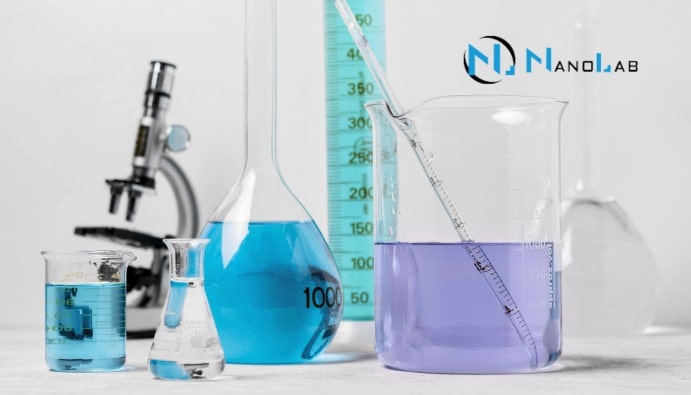Determination of Free Chlorine in Water: Quality Assessment
Why is Free Chlorine Determined in a Water Sample?

Free Chlorine in Water Sample
The cleanliness of the water used in common areas such as homes, workplaces and pools is the most important issue. Many epidemics are caused by microbiological contamination of the water used. Therefore, the water used must be disinfected. Chlorine is also used in the disinfection of domestic and cleaning water and pool water.
In order to determine the need for chlorine, which is green in color and heavier than air at normal temperature and pressure, 3 points must be determined. The chlorine requirement can be calculated by determining the difference between the chlorine added to the water and the free chlorine and available chlorine remaining after a certain contact time.
Free chlorine test is performed to determine the chlorine ion mixed into the water for disinfection purposes. Chlorine is used to prevent and destroy the proliferation of microorganisms, especially in water distribution networks.
What is Free Chlorine and Why is it Important?
Free chlorine is the active part of chlorine added to water for disinfection. This refers to chlorine compounds in the form of hypochlorous acid (HOCl) and hypochlorite ion (OCl-), which are effective in purifying water from microorganisms.
- Hygiene and Health: Free chlorine effectively destroys bacteria, viruses and other pathogens.
- Odor and Taste Control: Free chlorine reduces odor and taste problems by oxidizing organic matter in water.
- Compliance with Regulations: Free chlorine levels determined in drinking water and pool water standards must be complied with.
Methods for Determination of Free Chlorine in Water
- DPD (N, N-diethyl-p-phenylenediamine) Method: Free chlorine reacts with DPD to produce a pink color. This color is measured by spectrophotometer or colorimeter. It is sensitive and fast. Suitable for field use. Preferred in pool water, drinking water and industrial water systems.
- Iodometric Titration Method: Free chlorine reacts with potassium iodide (KI) to release iodine (I₂). Iodine is titrated with sodium thiosulfate and chlorine level is calculated. Provides high accuracy.
- Electrochemical Methods: Free chlorine is measured with the help of electrodes. Provides continuous monitoring and fast results. Preferred in industrial processes and automation systems.
- Test Kits: A visual measurement is made by color change or test strip method. Portable and easy to use. Sensitivity is limited.
Related Standards and Regulations
- TS 5489 EN ISO 7393-1 Water quality - Determination of free chlorine and total chlorine - Part 1: Titrimetric method
- TS 6229 EN ISO 7393-2 Water quality - Determination of free chlorine and total chlorine - Part 2: Colorimetric method for routine controls
- TS 6230 EN ISO 7393-3 Water quality - Determination of free chlorine and total chlorine - Part 3: Iodometric titration method for the determination of total chlorine
Nanolab Laboratories Group continues to provide services within the scope of Free Chlorine Determination in Water. We also provide services in Pool Water Analysis.
Contact us for more information.
You can follow us on LinkedIn for up-to-date news and posts about our services.
Follow our Instagram account to be informed about our latest blog posts.

